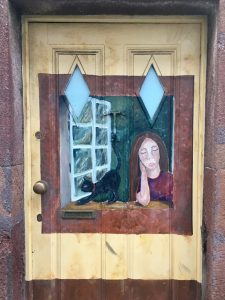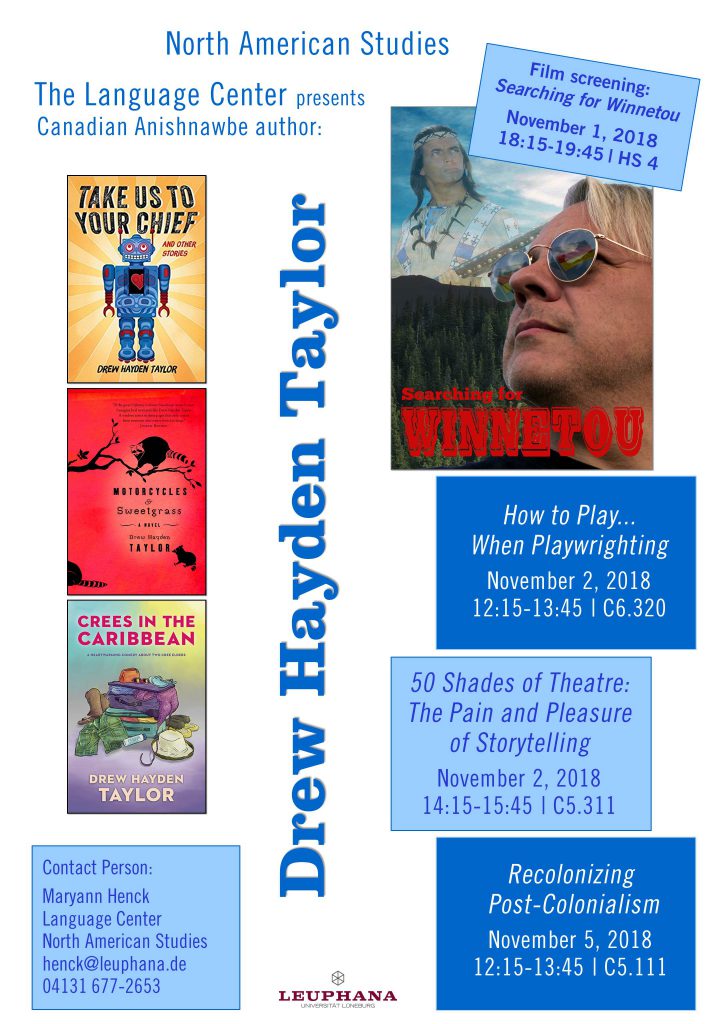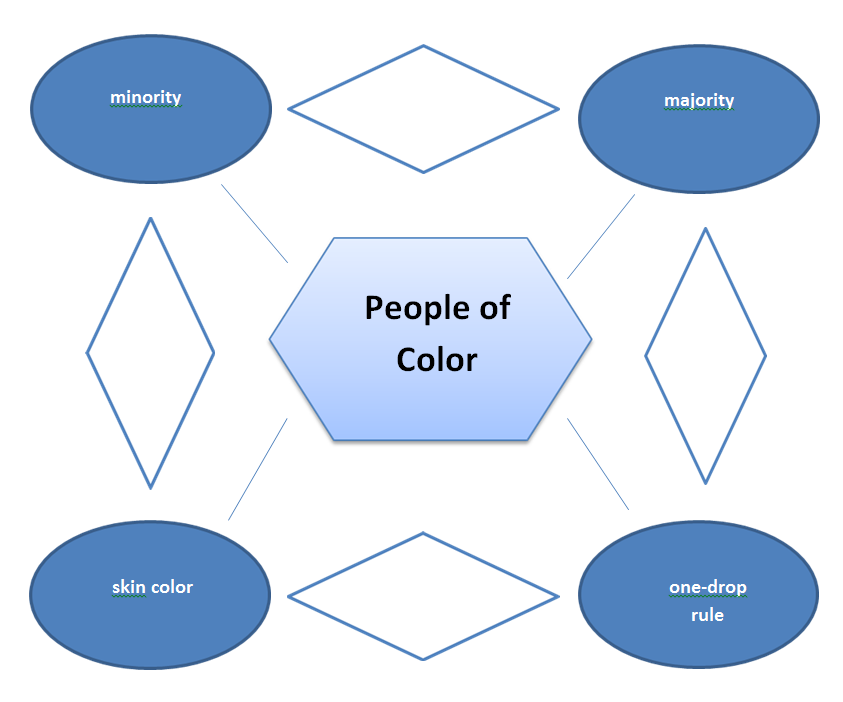
In the age of social media, it’s the image that rules. Instagram is the perfect example: It not only feeds some people’s insatiable need to document and offer glimpses into their private lives but also caters to a certain audience’s desire to consume and experience these slices of life vicariously. Instagram refers to the images posted as “stories,” a designation that fits in perfectly with the proverb: Every picture tells a story. And stories are almost always subject(ed) to interpretation. In the case of these Instagram picture stories, often the only clue is a brief caption or hashtag.
But what if the focus were to be shifted and that proverb were to be reversed? Read more







 f course the title is facetious: I certainly don’t want to – even if I could, which I can’t – improve one of the best and most anthologized poems in the English language written by one of the greatest lyrical voices of all times. What I ‘do’ want to do, however, is write about a teaching tool that initially sends shivers up every student’s back: continuing a poem, using the same rhyme scheme and meter. Once they’ve mastered the task, however, they’re quite proud of themselves – and rightfully so.
f course the title is facetious: I certainly don’t want to – even if I could, which I can’t – improve one of the best and most anthologized poems in the English language written by one of the greatest lyrical voices of all times. What I ‘do’ want to do, however, is write about a teaching tool that initially sends shivers up every student’s back: continuing a poem, using the same rhyme scheme and meter. Once they’ve mastered the task, however, they’re quite proud of themselves – and rightfully so.

 People love stories. And apparently, they always have. Neuroscientists suggest our yearning for stories is rooted deeply in the human brain; supposedly stories even help us master all kinds of life tasks, e.g. solving logic puzzles, conveying facts, and remembering stuff. Stories are second nature to us. Thus it seems safe to say: People will always love – and even need – stories.
People love stories. And apparently, they always have. Neuroscientists suggest our yearning for stories is rooted deeply in the human brain; supposedly stories even help us master all kinds of life tasks, e.g. solving logic puzzles, conveying facts, and remembering stuff. Stories are second nature to us. Thus it seems safe to say: People will always love – and even need – stories.